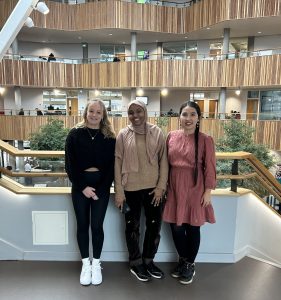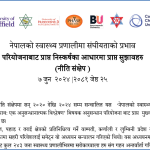What do Urban Road Networks reveal about life in the World’s Densest Cities?
A newly published paper, “A Multi-scale Network-based Topological Analysis of Urban Road Networks in Highly Populated Cities”, by recent PhD graduate Dr. Assemgul Kozhabek and Dr. Wei Koong Chai, explores this question by analyzing road networks from 35 densely populated cities worldwide—including those in China, India, Brazil, and Côte d’Ivoire. Using network science, the study offers fascinating insights into the structural patterns of urban road systems and their implications for city planning.
 Key Findings
Key Findings
- Macro-scale Insights:
Cities with robust networks—those resilient to disruptions—tend to be more efficient, meaning they offer shorter travel distances. This highlights the importance of balancing robustness and efficiency in urban planning to prevent congestion. - Meso-scale Patterns:
The study reveals that these cities tend to be polycentric, with multiple key hubs rather than a single central core. Strong community structures (distinct, well-connected neighborhoods) and low core-periphery structures emphasize this decentralized nature. - Micro-scale Observations:
Critical intersections emerge in all cities, with betweenness centrality following a power-law distribution. This indicates that a few key intersections handle most traffic, making them vital for smooth flow.
 Why It Matters
Why It Matters
For city planners, these insights offer valuable guidance. Designing cities with multiple centers, identifying key intersections, and balancing network robustness with efficiency can improve traffic management and urban resilience. As cities grow, smart infrastructure design will be crucial for sustainable urban living.
This study reminds us that cities are more than just buildings and roads—they’re dynamic, interconnected systems. Understanding their structure can lead to smarter, more livable urban environments.
Reference: Kozhabek, A. and Chai, W.K., 2025. A Multi-scale Network-based Topological Analysis of Urban Road Networks in Highly Populated Cities. Environment and planning B: Urban Analytics and City Science. https://doi.org/10.1177/239980832513180
This work was partially funded by the Bournemouth-Christchurch-Poole (BCP) Council, UK and supported by an OpenBright Award.














 Writing policy briefs
Writing policy briefs Upholding Excellence: The Concordat to Support Research Integrity
Upholding Excellence: The Concordat to Support Research Integrity Today’s Documentation Will Serve Tomorrow’s Justice
Today’s Documentation Will Serve Tomorrow’s Justice Up2U: New BU academic publication
Up2U: New BU academic publication New BU midwifery paper
New BU midwifery paper ECR Funding Open Call: Research Culture & Community Grant – Application Deadline Friday 12 December
ECR Funding Open Call: Research Culture & Community Grant – Application Deadline Friday 12 December MSCA Postdoctoral Fellowships 2025 Call
MSCA Postdoctoral Fellowships 2025 Call ERC Advanced Grant 2025 Webinar
ERC Advanced Grant 2025 Webinar Horizon Europe Work Programme 2025 Published
Horizon Europe Work Programme 2025 Published Horizon Europe 2025 Work Programme pre-Published
Horizon Europe 2025 Work Programme pre-Published Update on UKRO services
Update on UKRO services European research project exploring use of ‘virtual twins’ to better manage metabolic associated fatty liver disease
European research project exploring use of ‘virtual twins’ to better manage metabolic associated fatty liver disease